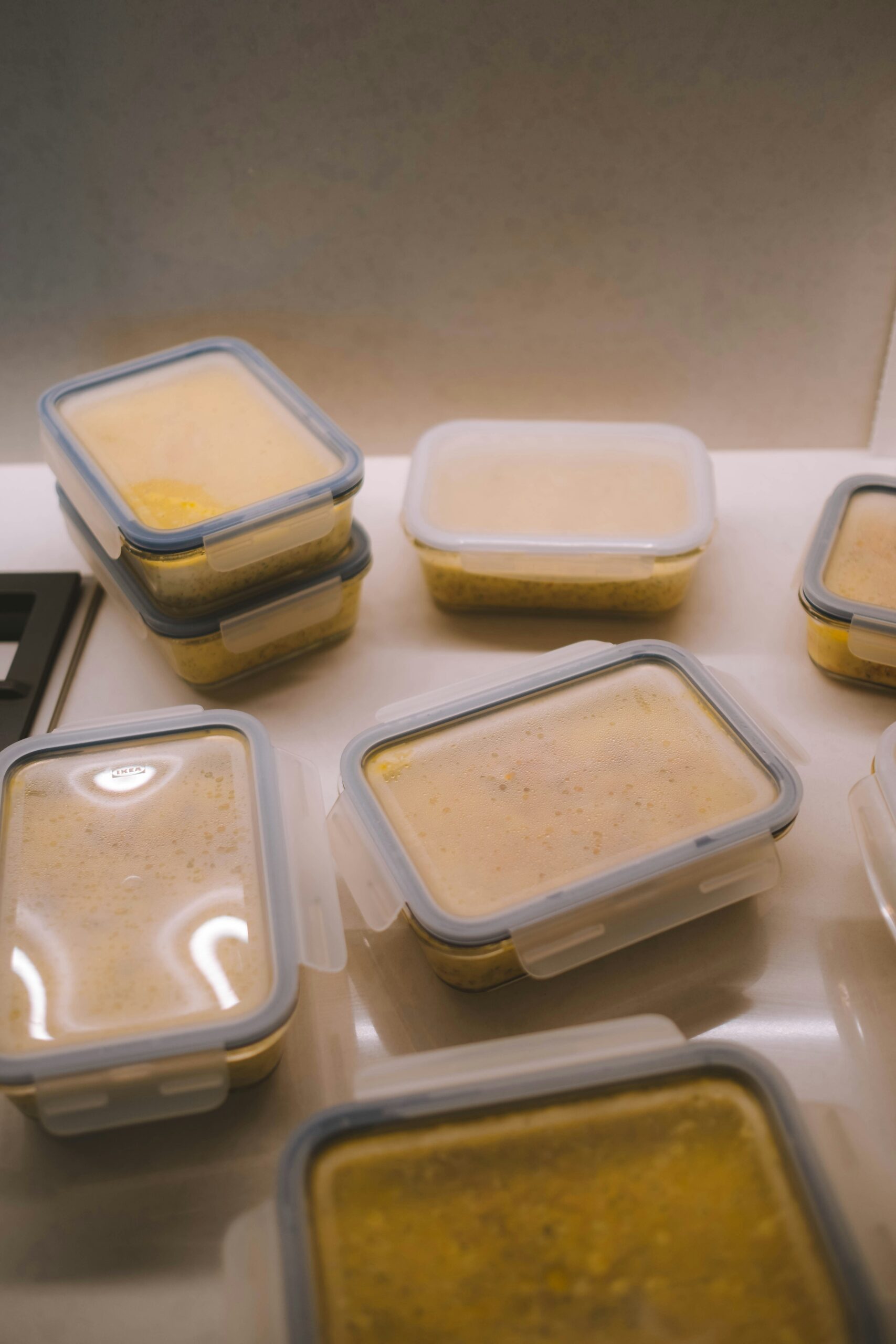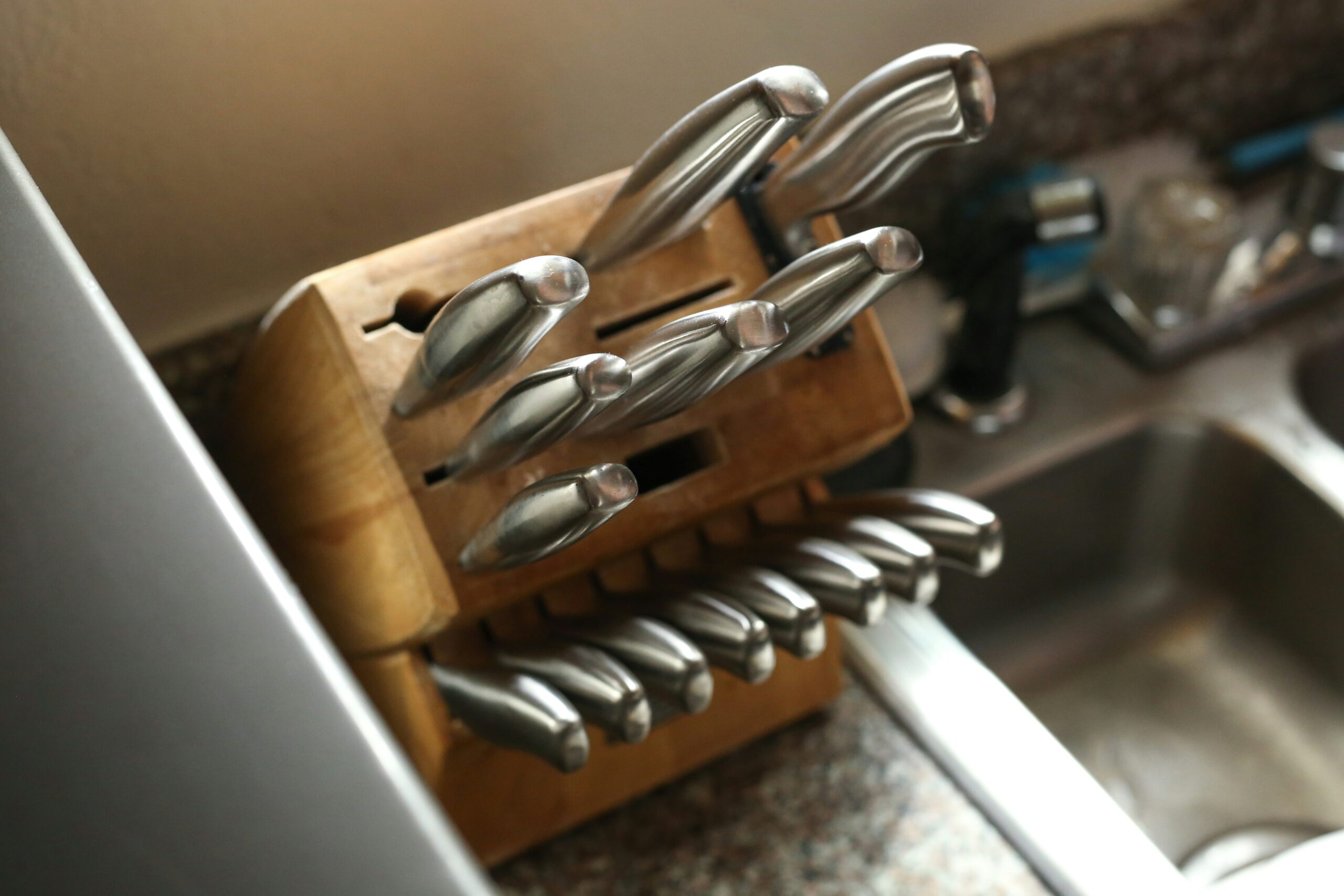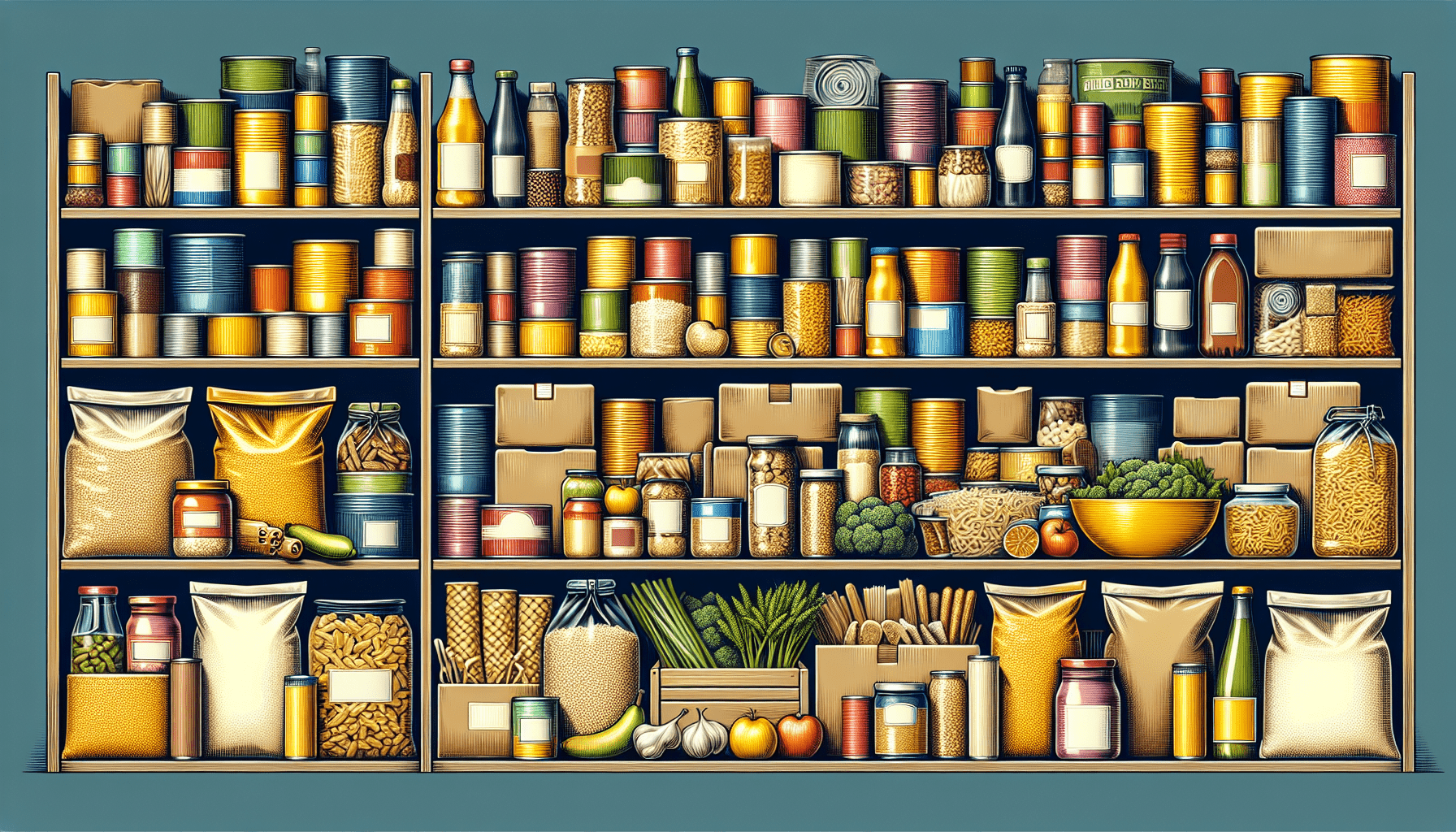Have you ever wondered if you should rotate your emergency food supply? It’s a common question, and the answer can significantly impact the quality and safety of the food you rely on during unexpected events. Whether you’re just starting to build your emergency stash or you’ve had one for years, understanding the importance of rotation can make a crucial difference.

Understanding Emergency Food Supply
Before diving into whether you should rotate your emergency food supply, it’s essential to understand what an emergency food supply is. Typically, an emergency food stash consists of non-perishable items designed to last for extended periods. These could include canned goods, dried foods, freeze-dried meals, and even MREs (Meals Ready-to-Eat). The primary goal of having such a supply is to ensure you and your loved ones can sustain yourselves during emergencies, such as natural disasters, power outages, or other unforeseen situations.
Types of Emergency Food
There are several types of emergency food supplies to consider, each with its unique benefits and storage requirements. Here’s a quick overview:
| Type | Examples | Average Shelf Life | Storage Requirements |
|---|---|---|---|
| Canned Goods | Beans, Vegetables, Meats | 1 to 5 years | Cool, dark place |
| Dried Foods | Pasta, Rice, Grains, Beans | 2 to 30 years | Airtight containers, cool, dark place |
| Freeze-Dried | Fruits, Vegetables, Full Meals | 25 to 30 years | Sealed pouches, cool, dark place |
| MREs | Complete meals | 5 to 10 years | Cool, dark place |
These different types of emergency food each offer various advantages in terms of shelf life, nutritional value, and ease of preparation.
Why Rotation Matters
Now that you have a basic understanding of what constitutes an emergency food supply, let’s discuss why rotating your food stockpile is crucial. Put simply, rotating ensures that the food you have remains safe, nutritious, and tasty.
Safety Concerns
One of the most compelling reasons to rotate your emergency food supply is safety. Even foods with long shelf lives can degrade over time, potentially becoming unsafe to eat. Factors like temperature fluctuations, humidity, and storage conditions can accelerate decomposition. By regularly consuming and replacing items in your stockpile, you minimize the risk of spoilage and contamination.
Maintaining Nutritional Value
Over time, the nutritional value of stored food can degrade. Vitamins and minerals, in particular, may diminish, making the food less beneficial for you. Regularly rotating your stock ensures that the food you have is as nutritious as it was intended to be.
Ensuring Palatability
Let’s face it: no one wants to eat stale, flavorless food, especially in an emergency. Food that drastically changes in taste and texture can make an already stressful situation even worse. By rotating your food supply, you help ensure that everything tastes as it should, making an emergency situation a bit more bearable.
How to Rotate Your Emergency Food Supply
Rotating your emergency food supply might seem like a daunting task, but it’s easier than you think. Here are some simple steps to get you started:
Step 1: Inventory Your Stock
First, take comprehensive inventory of what you have. This involves noting the types, quantities, and expiration dates of all items in your emergency food supply. Use a spreadsheet or a simple notebook to keep this information organized.
| Item | Quantity | Expiration Date |
|---|---|---|
| Canned Beans | 12 | January 2024 |
| White Rice | 20 lbs | December 2025 |
| Freeze-Dried Meals | 15 packets | September 2030 |
| MRE Packs | 10 | March 2027 |
Step 2: Identify Items Close to Expiration
Look at your inventory and identify items that are nearing their expiration date. These should be the first foods you plan to use in your regular meals. By consuming them before they expire, you avoid waste and maintain your stock’s freshness.
Step 3: Use First-In, First-Out (FIFO) Method
The First-In, First-Out (FIFO) method should be your mantra. This means that the oldest items in your stock are used first, while the newest additions are placed at the back. By continuously cycling through your stock, you ensure that nothing sits for too long.
Step 4: Replenish Immediately
As you consume items from your emergency supply, make it a habit to replace them immediately. If you take out a can of beans, add a new can to your next grocery list. This ensures your stock remains at optimal levels.
Step 5: Regularly Update Your Inventory
Regular updates to your inventory are essential. Every few months, take some time to conduct a new inventory check, updating your records and ensuring nothing has been missed.
Best Practices for Storage
Proper storage of your emergency food supply is critical to maximizing its shelf life and ensuring it remains safe and nutritious. Here are some best practices to follow:
Controlled Environment
Your storage area should be cool, dark, and dry. Ideally, temperatures should remain between 50°F and 70°F. Basements, pantries, and dedicated storage closets are often ideal places.
Avoid Fluctuations
Temperature fluctuations can accelerate spoilage. Try to store your food in a location where temperatures remain relatively constant throughout the year.
Use Airtight Containers
Use airtight containers to store bulk items like rice, grains, and beans. These containers help keep moisture, pests, and contaminants at bay.
Organize by Expiry Date
Organize your food items by expiration date. Place items that expire soonest at the front of your shelves, making it easier to follow the FIFO method.

Special Considerations
When rotating your emergency food supply, some special considerations can help ensure you’re fully prepared for any situation.
Dietary Restrictions
If anyone in your household has dietary restrictions, make sure your stockpile reflects those needs. Gluten-free, dairy-free, and other specialized items should be included and properly rotated.
Family Preferences
Consider the tastes and preferences of your family members. Having a supply of foods everyone likes can make an emergency situation more comfortable.
Special Occasions
Don’t forget about special occasions. Comfort foods, treats, and even a few holiday-specific items can lift spirits during stressful times.
Long-Term vs. Short-Term Supplies
Your emergency food supply strategy might vary depending on whether you’re planning for the short term (a few days to two weeks) or long term (months to years).
Short-Term Supplies
Short-term supplies should focus on convenience and quick preparation. Items like canned goods, ready-to-eat meals, and easy-to-cook foods are ideal.
Long-Term Supplies
Long-term supplies require more planning. Freeze-dried foods, large amounts of rice and beans, and bulk spices and seasonings can form the cornerstone of a long-term stockpile.

Benefits Beyond Emergencies
Rotating your emergency food supply has benefits beyond just preparing for emergencies.
Reduces Food Waste
By regularly rotating your food, you minimize waste. This not only saves money but also reduces your environmental footprint.
Healthier Eating Habits
Having a stockpile of healthy foods encourages better eating habits. It’s easier to plan balanced meals if you have a range of nutritious options on hand.
Peace of Mind
Knowing that you have a well-maintained, up-to-date food supply can give you peace of mind. It’s one less thing to worry about in a crisis.
Common Mistakes to Avoid
When it comes to maintaining and rotating your emergency food supply, some common mistakes can thwart your best efforts.
Ignoring Expiry Dates
It’s easy to forget about those cans shoved to the back of the shelf, but ignoring expiration dates can lead to wasted food and even health risks.
Buying What You Don’t Eat
Stock up on foods you and your family actually enjoy and consume regularly. Otherwise, you may find yourself with a stockpile of items no one wants to eat.
Infrequent Checks
Infrequent inventory checks can lead to overlooked items and expired food. Aim to review your stockpile every few months.
Improper Storage
Failing to store food properly can dramatically decrease its shelf life. Stick to the best practices for storage to get the most out of your emergency supply.

Conclusion
So, should you rotate your emergency food supply? Absolutely. Rotation ensures that your food remains safe, nutritious, and palatable, offering peace of mind and reducing waste. By taking inventory, employing the First-In, First-Out method, replenishing as you go, and storing items properly, you can build and maintain an emergency food supply that truly stands the test of time.
Whether preparing for short-term disruptions or long-term emergencies, following these guidelines will keep you and your loved ones ready for whatever comes your way.

